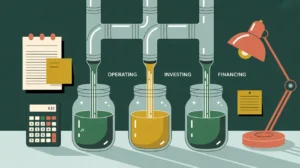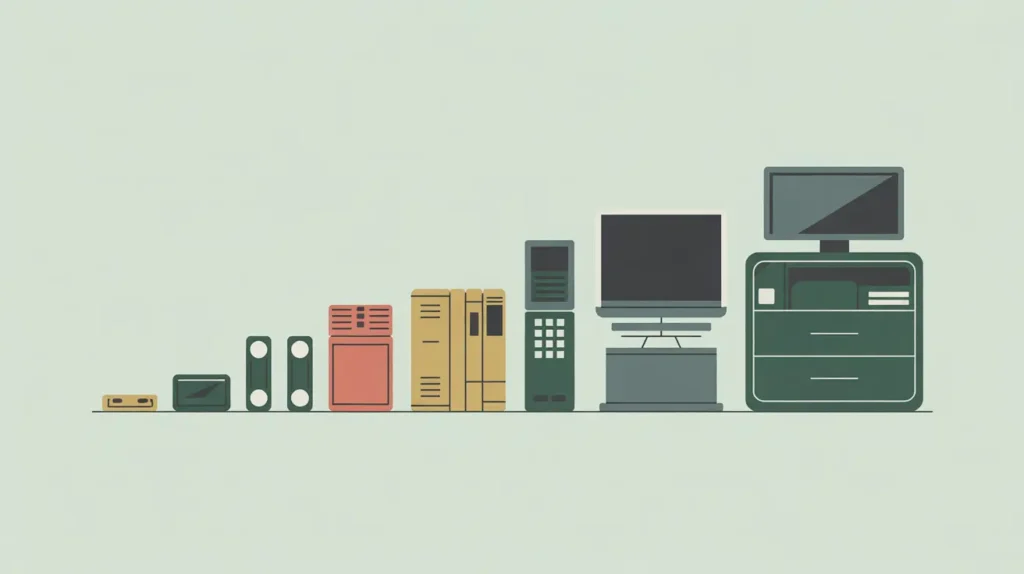Importance of the Debt Service Coverage Ratio
The debt service coverage ratio (DSCR) measures a nonprofit’s ability to meet its annual debt obligations from operating cash flow. It matters because lenders, boards, and donors use it as a key indicator of whether the organization can comfortably repay loans or bonds without jeopardizing programs. A ratio below 1.0 indicates that the nonprofit does not generate enough operating cash to cover its debt service, raising serious concerns about sustainability. For nonprofits in social innovation and international development, this ratio is especially important when financing facilities, technology, or large-scale initiatives in regions where donor inflows may fluctuate.
Definition and Features
The debt service coverage ratio is defined as:
Cash Flow from Operations divided by Annual Debt Service.
Key features include:
- Coverage Measure: shows how many times operating cash flow can cover annual debt obligations.
- Risk Indicator: a ratio above 1.2 is generally considered safe; below 1.0 signals stress.
- Lender Requirement: often monitored in loan covenants and compliance agreements.
- Decision Tool: helps boards determine whether borrowing for growth is prudent.
How This Works in Practice
If a nonprofit generates $3 million in operating cash flow and has $2 million in annual debt service, its DSCR is 1.5. That indicates it has 150% of the cash needed to meet its debt payments. A ratio of 0.9, by contrast, means the organization must dip into reserves or cut spending to meet its obligations. Finance committees often monitor DSCR quarterly when debt is significant, and lenders may require reporting to ensure ongoing repayment capacity.
Implications for Social Innovation
For nonprofits in social innovation and international development, the debt service coverage ratio signals whether an organization can responsibly manage borrowed funds in complex, multi-country contexts. A strong DSCR builds donor and lender confidence that the nonprofit can handle unforeseen delays in grant disbursements or currency fluctuations without defaulting. A weak DSCR may discourage funders from awarding large contracts or discourage banks from extending credit. By monitoring this ratio, nonprofits can make strategic borrowing decisions that support long-term investments, such as facilities, systems, or large-scale projects. They can also maintain mission integrity and financial stability.







